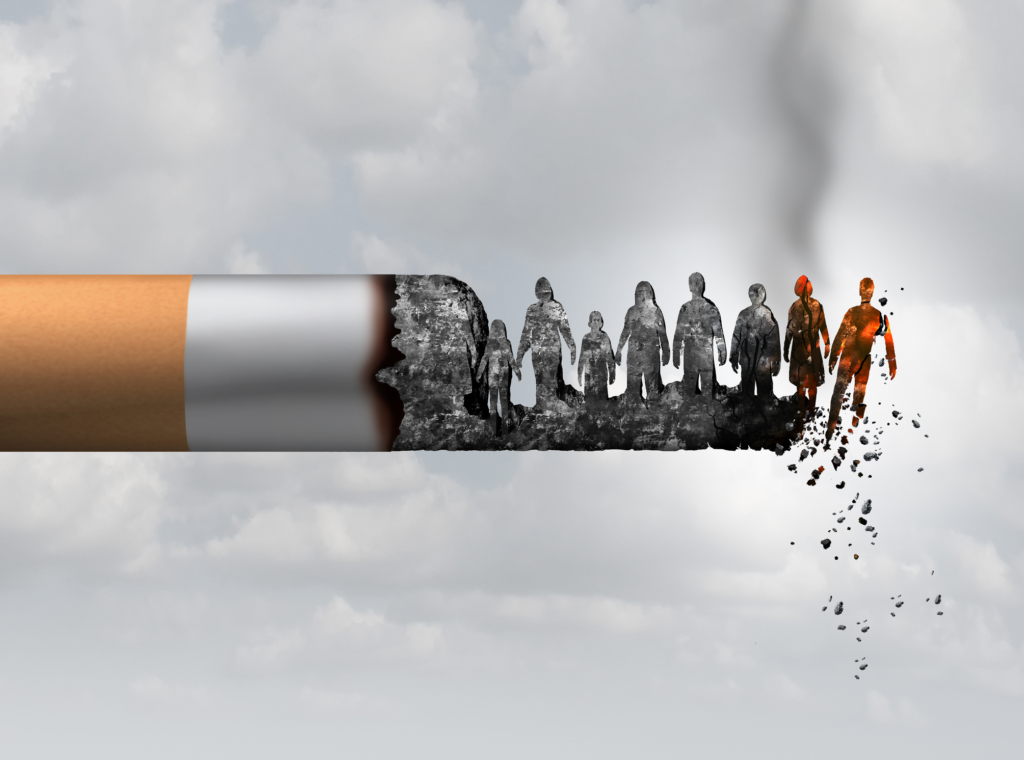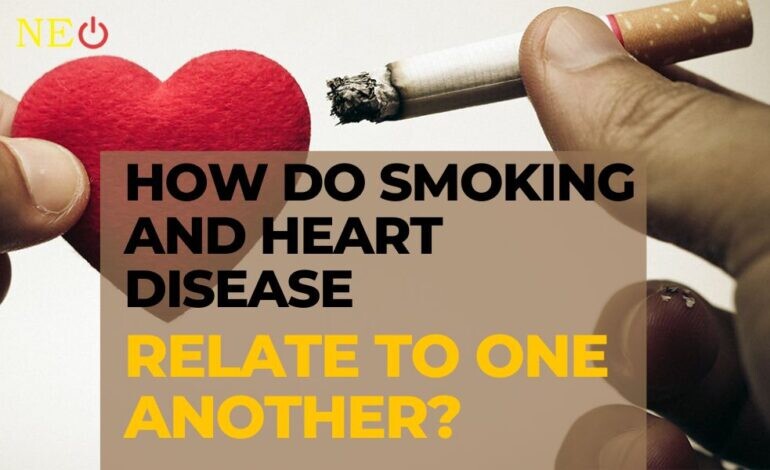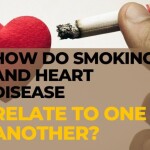- One in seven deaths (20,482 deaths) in Australia in 2018 were caused by smoking-related illnesses.
- When compared to non-smokers, smokers have a nearly threefold increased risk of dying from heart and blood vessel illness, which includes heart attacks and strokes.
- They also have an increased risk of sudden cardiac death of at least threefold.
- Smokers are at least twice as likely to develop various heart and blood vessel conditions.
- When compared to persons who have never smoked, even occasional smokers have around a 2-fold increased chance of dying from heart and blood vessel disease.
Smoking damages the heart and blood vessels


The heart receives oxygen and nourishment from the coronary arteries. The coronary arteries may develop plaque, or fatty deposits, over time. This can decrease blood flow to the heart and raise the possibility of a heart attack. The constriction and blockage of coronary arteries are hastened by smoking.
When anything, generally a blood clot, blocks the flow of blood to the heart, a heart attack occurs. Heart muscle starts to deteriorate in the absence of oxygen and nutrition. Depending on how much heart muscle is irreparably injured, a heart attack's severity might vary.
Some facts about tobacco smoke


Tobacco smoke contains thousands of chemicals including:
- nicotine – an addictive drug that affects brain and muscle activity and increases your blood pressure, making your heart work harder
- carbon monoxide – a poisonous gas that replaces oxygen in your blood, reducing the supply of oxygen to your heart and other organs
- tar – a sticky substance that coats your lungs like soot in a chimney, making it harder for you to breathe. Tar contains dozens of chemicals that cause cancer.
The risks of tobacco smoking


If you smoke, your risk of:
• heart attack is more than twice as high as someone who does not smoke
• coronary heart disease is significantly increased if you are a woman using the oral contraceptive pill
• stroke is more than twice as high as someone who does not smoke
• peripheral arterial disease, which can lead to gangrene, is increased by more than five times.
Second-hand smoke is a health hazard


Both smokers and non-smokers face substantial health risks from passive smoking, often known as second-hand smoke. Children and adults who breathe in other people's smoke run a higher risk of getting sick.
A 30% increase in the risk of heart disease is shown in non-smokers who live with smokers.
Children and infants are particularly vulnerable to the dangers of secondhand smoke exposure, which includes an increased risk of bronchitis, pneumonia, asthma, and sudden unexplained infant death (SUDI).
Quit smoking and improve your health


Within one day of quitting smoking:
- your heart rate slows down and your blood pressure becomes more stable
- carbon monoxide levels in your blood have dropped
- oxygencan reach your heart and other parts of your body more easily.
Within two to three months:
- your ability to smell and taste improves
- your lungs start to regain the ability to clean themselves, so you can cough up mucus
- the blood flow to your hands and feet improves, so they won’t get so cold.
Within one year:
- your lungs are healthier and you’ll be able to breathe more easily
- if you smoked a packet of 25 cigarettes a day, you would have saved over $17,000.
Within two to six years:
- your risk of a heart attack or stroke drops significantly, compared to if you continued smoking. The risk continues to decrease over time.
Other ways smoking tobacco affects your health


Smoking can affect a person’s health in many other ways as well, harming nearly every organ in the body. Here are a few examples of other ways smoking tobacco can affect your health:
- Increased risk of gum disease and tooth loss
- Lowered immune system function
- Increased risk of type 2 diabetes
- Decreased sense of smell and taste
- Premature aging of the skin
- Bad breath and stained teeth
- Lower bone density (thinner bones), which means a higher risk for broken bones, including hip fracture
- Higher risk of rheumatoid arthritis
- Increased risk for cataracts (clouding of the lenses of the eyes)
- Increased risk for age-related macular degeneration, which can lead to blindness
- Wounds taking longer to heal









